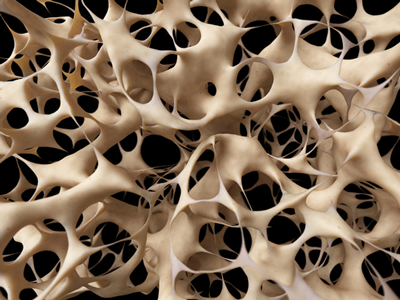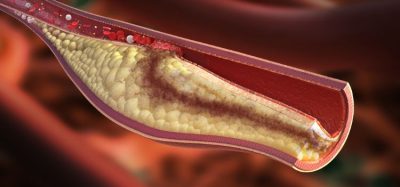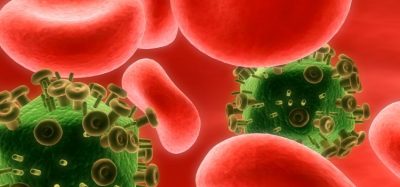Positive top-line results from Phase III study of romosozumab in osteoporosis
Posted: 21 March 2016 | | No comments yet
The study demonstrated a statistically significant increase in bone mineral density at the lumbar spine in men with osteoporosis treated with romosozumab…


UCB and Amgen have announced positive top-line results for romosozumab from the pivotal Phase III BRIDGE study in male patients with osteoporosis.


In the study, a total of 245 men were randomised 2:1 to receive either 210 mg romosozumab subcutaneous (SC) every month (QM) or matched placebo SC QM for the duration of the 12-month treatment period.
The BRIDGE study met the primary endpoint, demonstrating a statistically significant increase in bone mineral density (BMD) at the lumbar spine (as assessed by dual energy x-ray absorptiometry) in men with osteoporosis treated with romosozumab compared with placebo at 12 months.
“Although there has been considerable progress in the treatment and management of osteoporosis, a large unmet medical need remains. One in three women and one in five men over the age of 50 will experience an osteoporosis-related fracture in their lives,” said Professor Dr Iris Loew-Friedrich, chief medical officer and executive vice president, UCB. “These positive results from BRIDGE add to our growing body of Phase 3 data demonstrating romosozumab’s potential to build bone strength and to decrease fracture risk and thus help fill an unmet need for patients with osteoporosis.”
All secondary endpoints met in the BRIDGE study
All secondary endpoints comparing romosozumab with placebo were also met. Patients receiving romosozumab experienced a statistically significant increase in BMD at the femoral neck and total hip at 12 months and a statistically significant increase in BMD at the lumbar spine, femoral neck, and total hip at six months, compared with those receiving placebo.
The overall patient incidence of adverse events and serious adverse events (SAEs) was generally balanced between arms. The most frequently reported adverse events were nasopharyngitis, back pain, hypertension, headache and constipation. Injection site reactions were reported in 5.5 percent of patients in the romosozumab treatment group and 3.7 percent in the placebo group during the 12-month period. Most injection site reactions were reported as mild in severity. The patient incidence of positively adjudicated cardiovascular (CV) SAEs was 4.9 percent in the romosozumab group and 2.5 percent in the placebo group. The patient incidence of positively adjudicated cardiovascular death was 0.6 percent in the romosozumab group and 1.2 percent in the placebo group.
Commenting on the results, Sean E. Harper, M.D., executive vice president of Research and Development at Amgen, said: “While the focus of managing osteoporosis is often on women, osteoporosis in men is also a serious health issue that poses a significant health risk to millions of men worldwide. We are excited that these data showed romosozumab stimulates bone formation, leading to increases in bone mass, in this often overlooked and undertreated patient population.”
Further analysis of the BRIDGE study data is ongoing. UCB and Amgen plan to discuss the results with global regulators.









